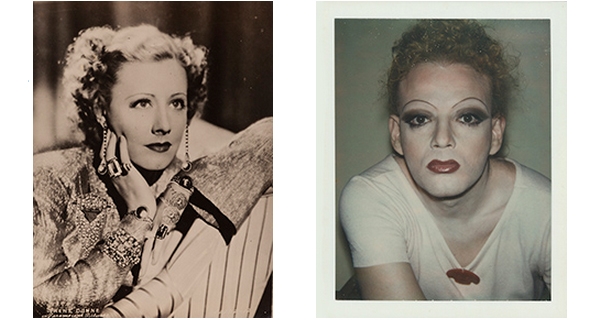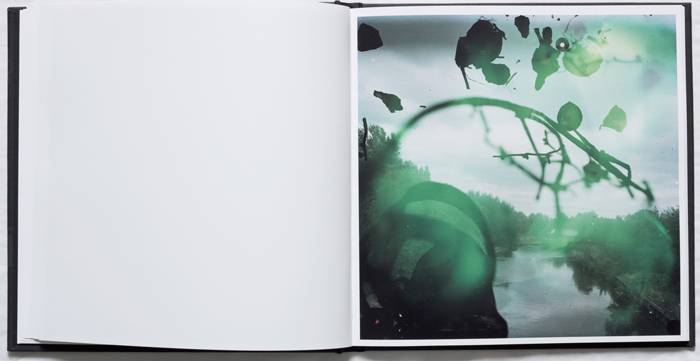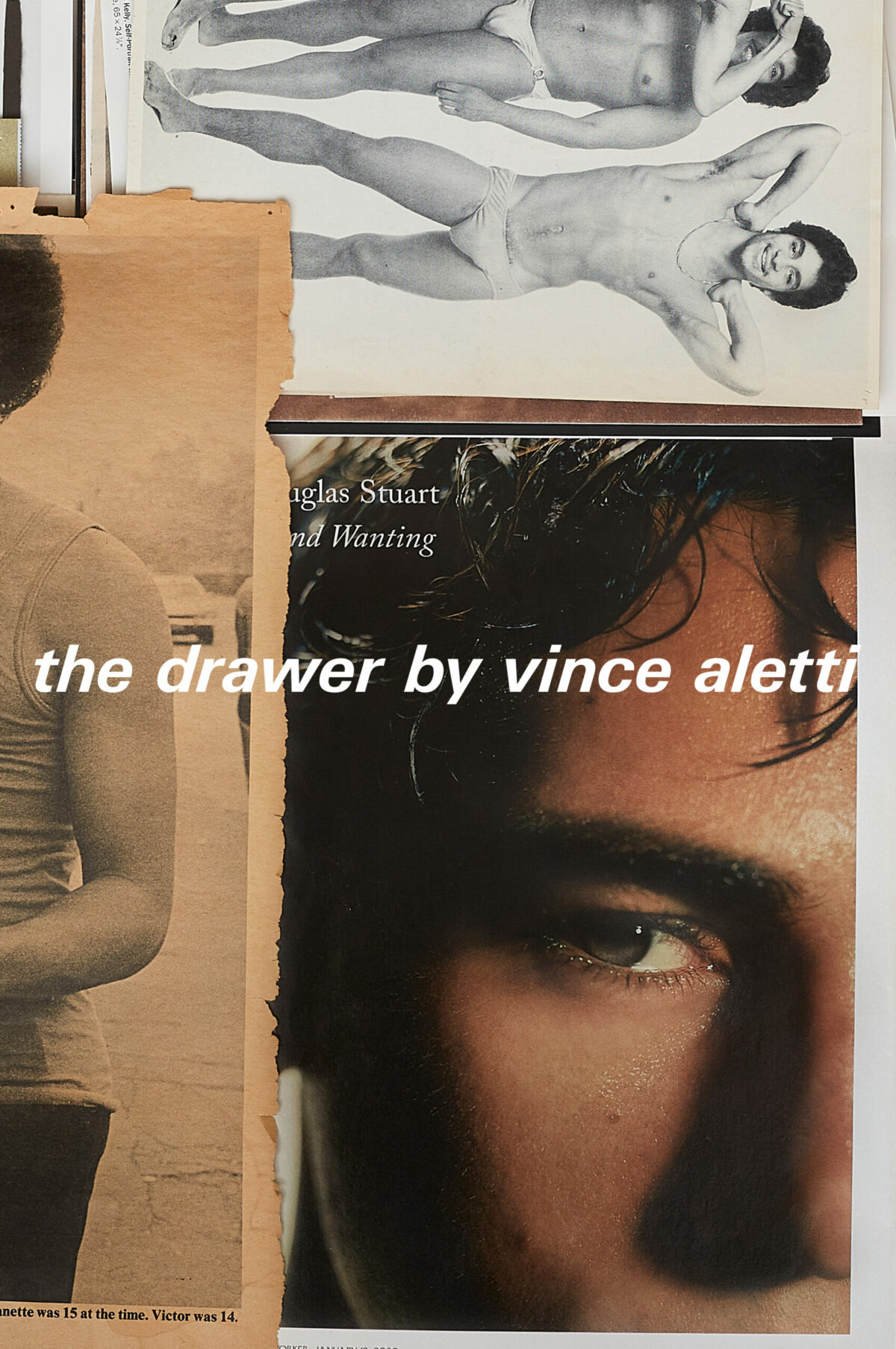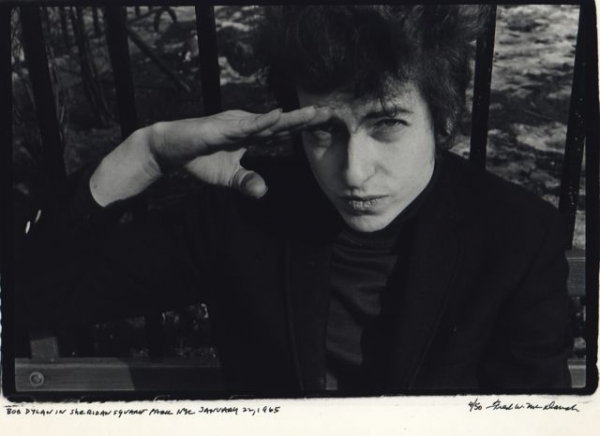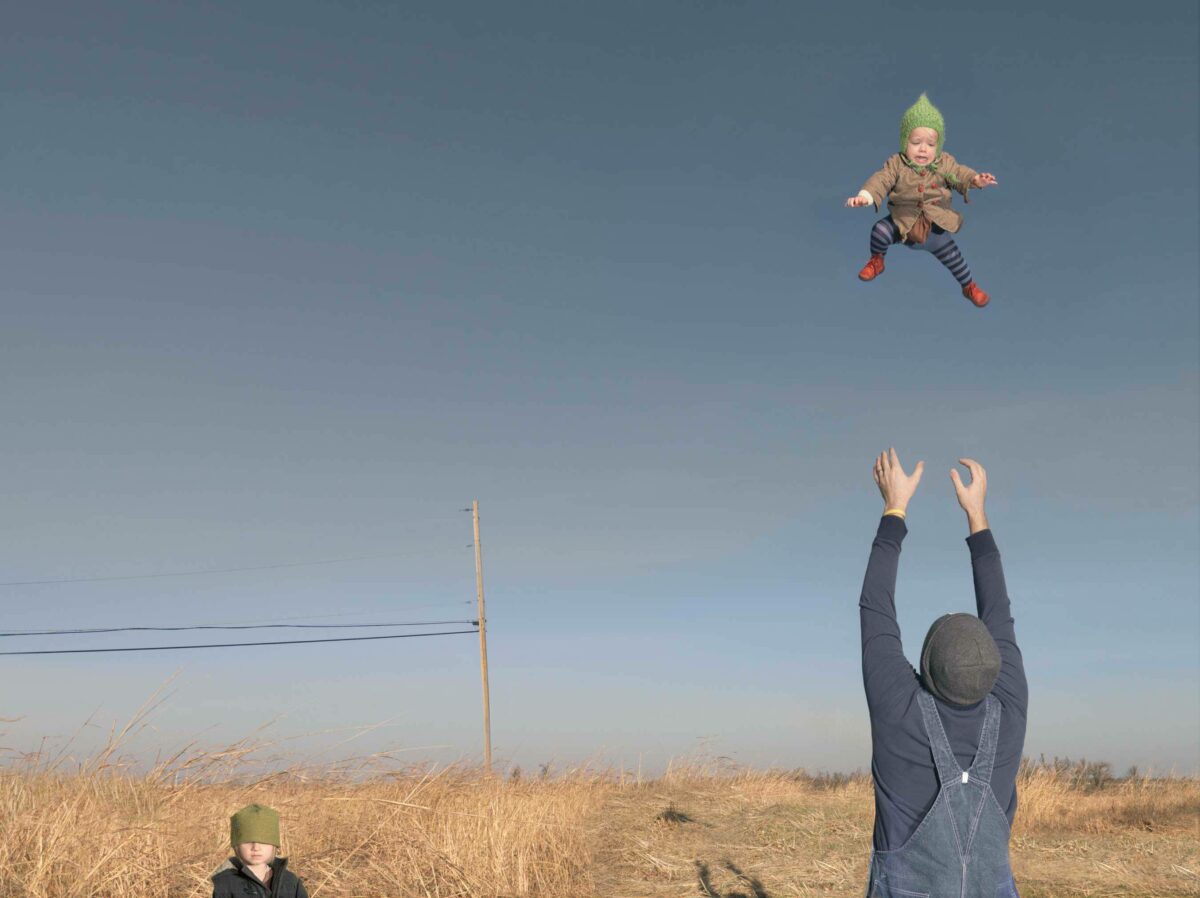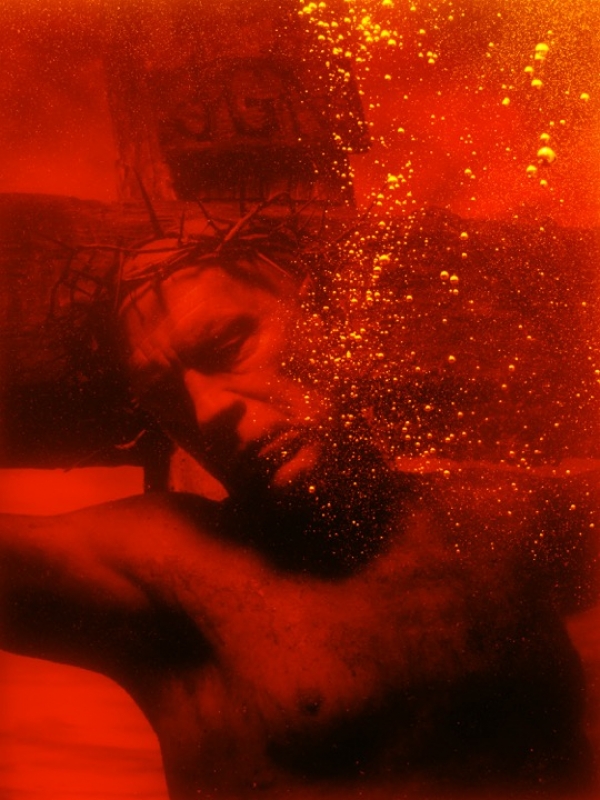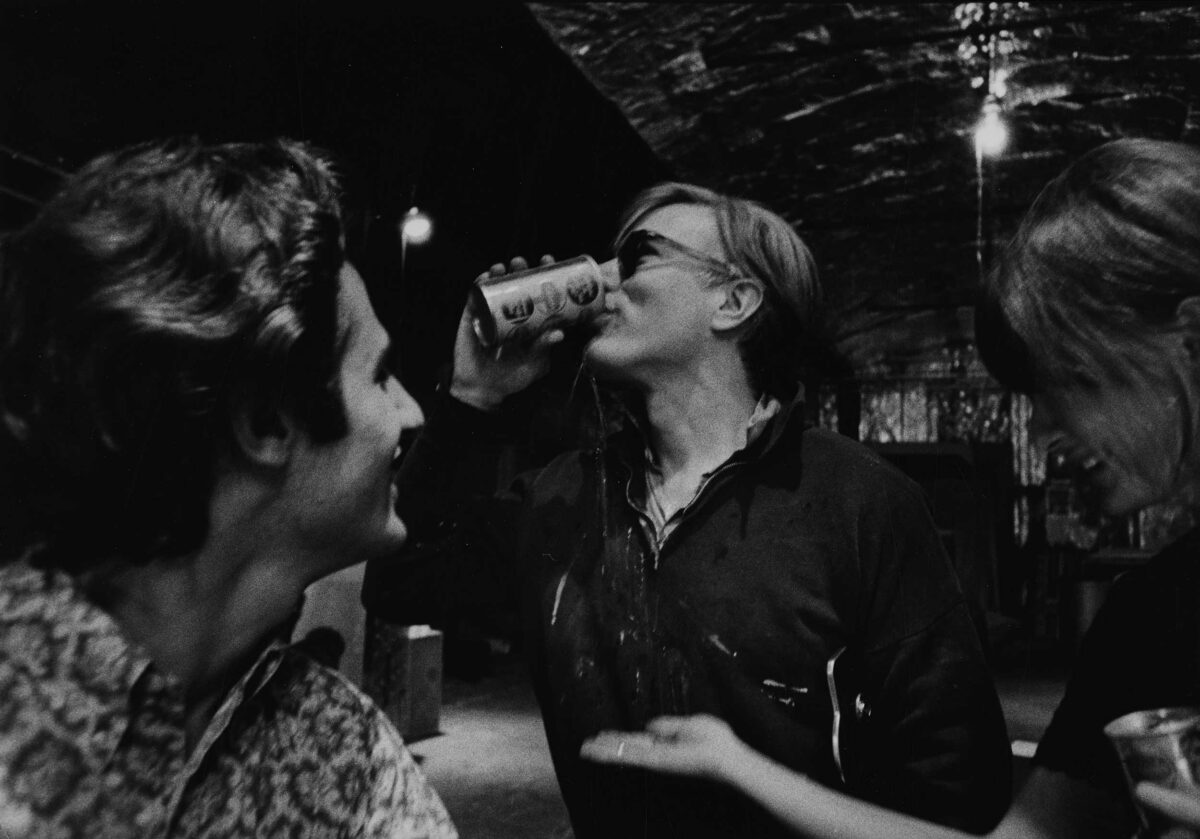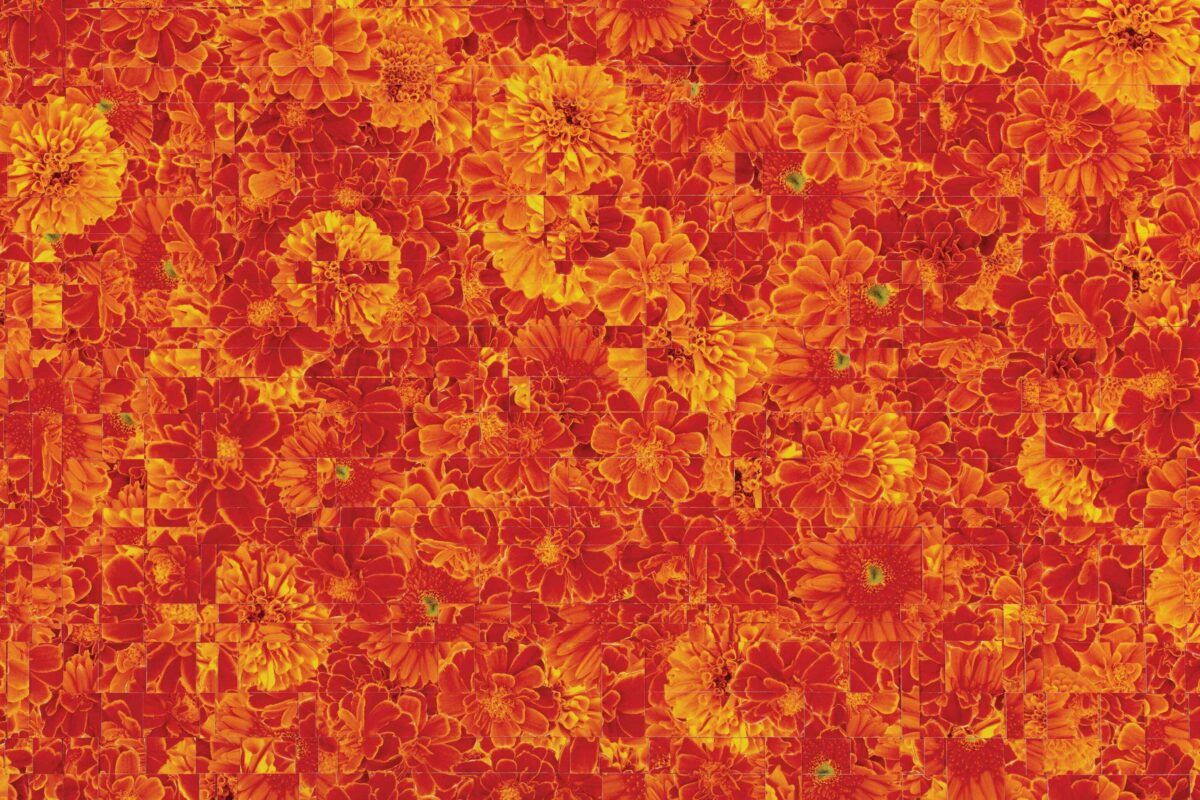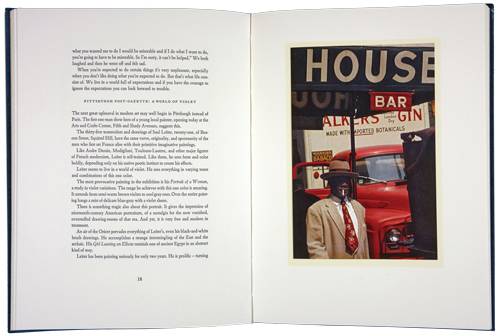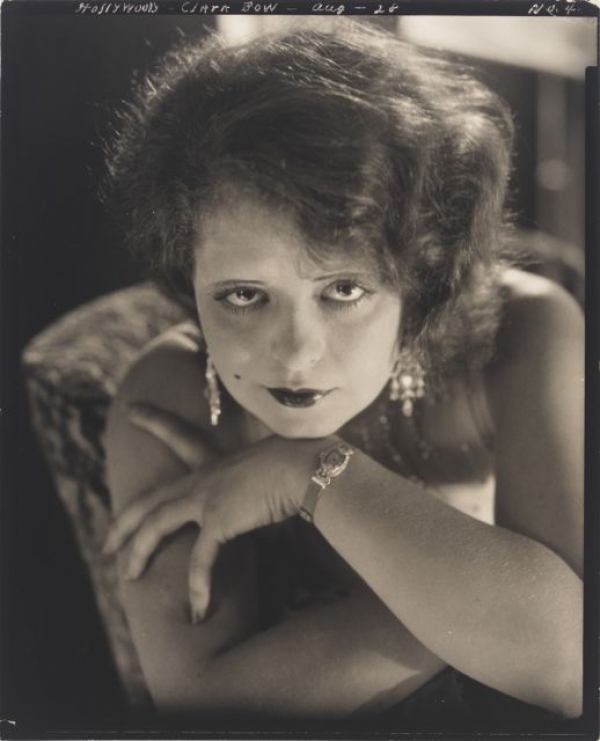

Greta Garbo’s “perfect and ephemeral” face—as Roland Barthes described it in his collection of essays, Mythologies—greets visitors to Steichen/Warhol: Picturing Fame (through April 6 at the Block Museum of Art). Shot by Edward Steichen in 1928, and reprinted on the cover of Life in 1955, Garbo’s face then fell into the hands of a young Andy Warhol at the height of his career as a shoe illustrator.
Imagine Warhol obsessively tracing, like a caress, the actress’s face on many sheets of white paper. The black ink tracings (four of them here) of Steichen’s Garbo are presented as the missing link in Warhol’s turn toward celebrity portraiture, inspired by Steichen’s command of that genre decades earlier as the chief photographer of Vanity Fair and Vogue. The Garbo connection is an elegant justification for this compare-and-contrast exhibition of photographs by Steichen and Warhol, and an art historically relevant take on the tricky concept of influence. It is a thoughtful use of two separate large gifts to the museum of works by each artist (155 Warhols in 2008, and 49 Steichens in 2012.)
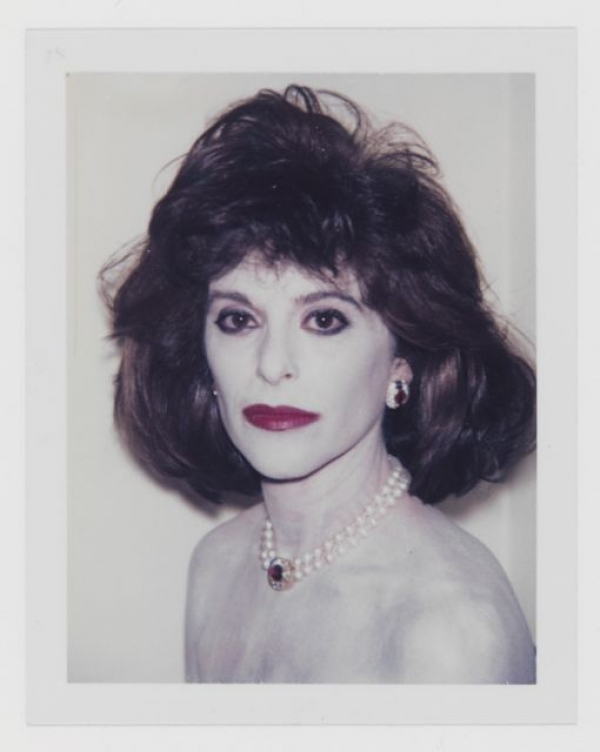

What does the pairing say about American celebrity worship in the 1930s versus the 1980s? Both were highly stylized periods, groomed by each era’s master stylist. Steichen and Warhol captured the zeitgeists each man dictated through his commercial, fashion, portrait, and society photos, each reinforcing his era’s gender branding. The exhibit’s gender-segregated sections emphasize the photographic manufacture of masculine and feminine traits.
Steichen’s formal portraits seem heavy and monumental, as if trying hard to be masterworks. Warhol’s casual snaps (mostly Polaroid sources from the 1970s and eighties for his screenprinted portrait commissions) in multiple feel breezy and slight, like ephemera from a shoebox. Warhol shot 150,000 photos in the last ten years of his life, foreshadowing our generation’s photomania.

